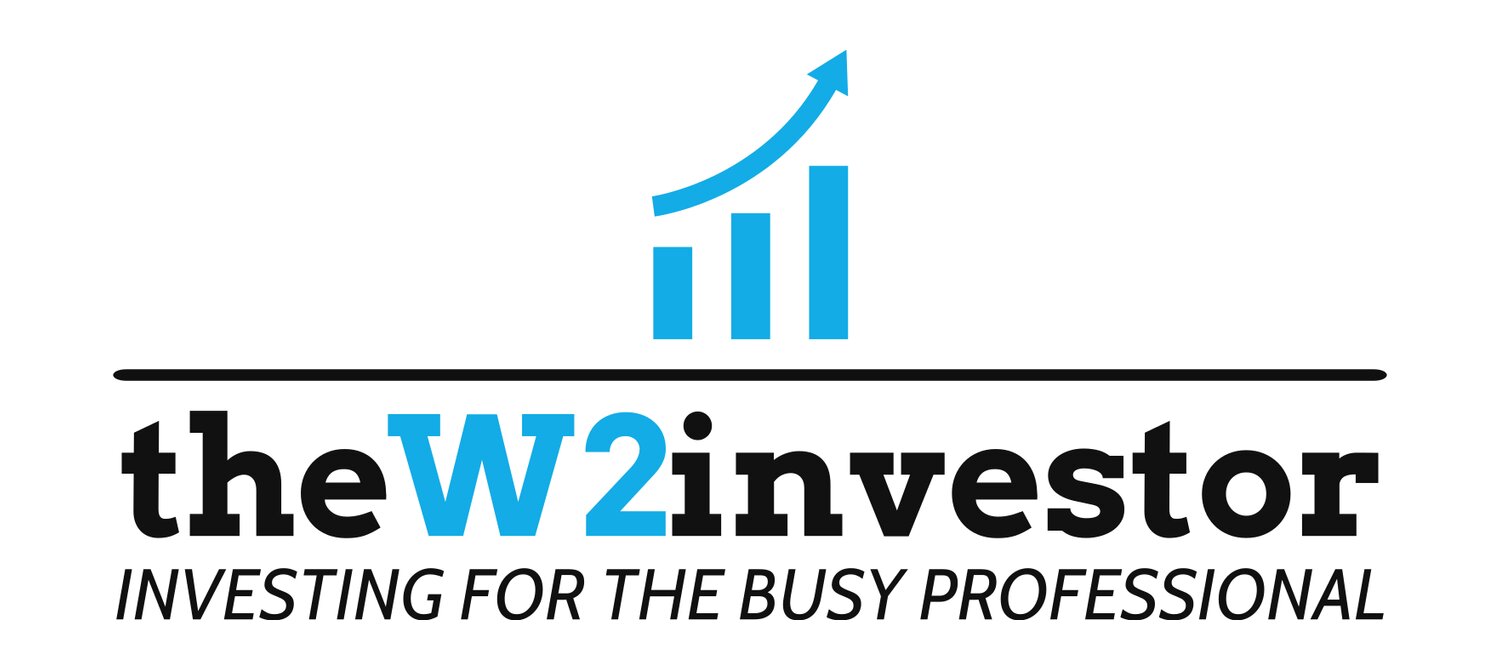We’ve all heard the advice to diversify your investment portfolio. After all, no one wants to get caught off guard, with all of your assets in one place. By now, you’ve all heard what’s going on with FTX. Its sad to hear that some investors had all of their savings invested in only FTX. It appearing more and more that its all gone. Before, I started investing in Real Estate, the only investing I understood was stocks. Many financial advisors will describe a diversified strategy that is built around stocks, and bonds. Mine was only invested in stocks. As we are now observing, once the market goes full bear, being all-in on stocks may not be the best strategy. I think the lesson learned with the FTX collapse are many, but here we will only talk about diversification for the everyday investor. Diversifying into only one type can hurt you in a bear market, but become catastrophic in an event of fraud or collapse.

In cases that you are diversifying into real estate, an investor can further diversify their funds. Similar to an advisor diversifying a stock portfolio, a real estate portfolio can also be diversified. We can’t predict the future market, but we know to expect cycles. Market corrections and recessions occur, so it is essential to prepare your portfolio to withstand those fluctuations. Below are ways to diversify your real estate portfolio to help preserve your wealth during a downturn.
#1 Asset Type: You can invest in retail, industrial, multi or single-family housing, office space,self-storage. By varying the types of properties, you are hedging against broader changes to the economy. Immediately after COVID, multifamily and industrial boomed while office and retail values lagged.
#2 Location: One city might be booming while a neighboring area may be experiencing a lull. Investors look for regions experiencing job and population growth. You can hedge against a correction in one area by diversifying across multiple cities. The problem in diversifying across cities is obtaining the research you need to be successful. One of the benefits of passive investing is leveraging a sponsor’s knowledge, contacts, and experience in that particular area.
#3 Asset Class: Aside from type, there are also different asset classes, ranging from poorly conditioned C class to new luxury class A properties. B and C workforce housing assets may do better during economic downturns. On the other hand, class A may do best in a booming economy. Having both asset classes in your portfolio can protect you during different economic cycles.
#4 Hold Length: The hold time of a syndication often ranges from 2 to 7 years. Consider varying the hold time of your assets, so you are not entering and exiting more than one deal at a time.
Lessons learned from the FTX collapse. Diversify against downturns, fraud, markets cycles to protect your investment. But diversification means more than just different types of vehicles, even in the same vehicles you can diversify. Protect your wealth and keep it growing.

